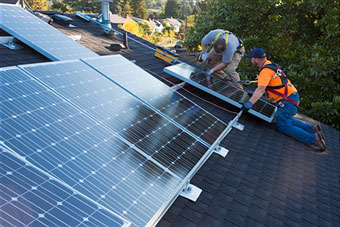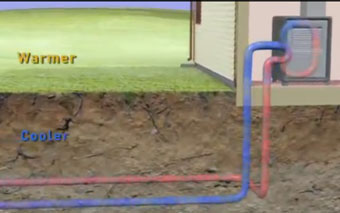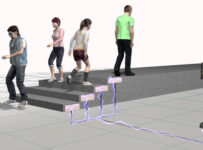Saving energy and sustainable living is becoming increasingly important in our every day lives. There are various ways of saving energy and creating energy from renewable sources, thus reducing the need for the depleting stocks of fossil fuels and the subsequent damage to the environment causing global warming amongst other things. This type of renewable energy can come from things that occur naturally in nature, such as water, wind and sunlight. The sun and solar energy is created by using ever-evolving technology to harness the radiant heat and light from it. In one hour, the sun transmits more energy to the earth that the world uses in one year.

Active solar technologies use energy from the sun to convert it into a more usable or storable form. These are generally heat or electricity. Usually in a residential buildings, this would be used for heating, cooling and off-setting other energy use or costs. The most common form of the active solar collector is solar panels or solar photovoltaic cells (PV). A typical home with PV solar panels can save over a tonne of carbon monoxide per year, and can last approximately 30years. It will provide typically three quarters of an average household’s energy needs.
Most people fit PV solar panels to their roof as more energy is made when the sunshine is stronger, although they can also commonly be found as tiles. They are made up of cells arranged in layers, usually made of silicon. When light shines on the cell it creates an electric field across the layers. This signal is then transmitted to an inverter, which converts this power to useable electrical power.
The typical efficiency rating for a solar panel is approx. 16%, which means that only 16% of all the sunlight energy that is collected by a PV panel is available as electrical power. A square metre PV solar panel can absorb around 1 kW and thus can produce only around 0.18 kW. Currently, the best efficiency rating in commercial products is around 20.1%.

For a better output than this, the costs can be very high. The reason for this is that the panel cannot absorb all frequencies of light (i.e. it cannot absorb ultraviolet, infrared and low or diffused light). New technologies have been able to split the light into different wave-length ranges and direct the beams onto cells specifically tuned into those particular ranges. It has been projected that this can improve the efficiency by around 50%.
Other than the obvious energy and money saving incentives to having solar panels, currently in the UK, the government have set up the ‘Feed-in tariff scheme’. This is where the energy produced by solar panels can be sold back to the grid and solar panel users can be paid for energy generated and consumed as well as what is not used and sent to the grid.
Solar panels should last for around 25-30 years and require little maintenance, although usually the inverter will need to be replaced at some point.
In a world where fossil fuels are rapidly running out and there is increasing concern for the environment, solar power is becoming an essential part of the earth’s energy sources. With technologies continuously evolving it is likely that it will become increasingly central to meeting the energy needs of the world’s population.






